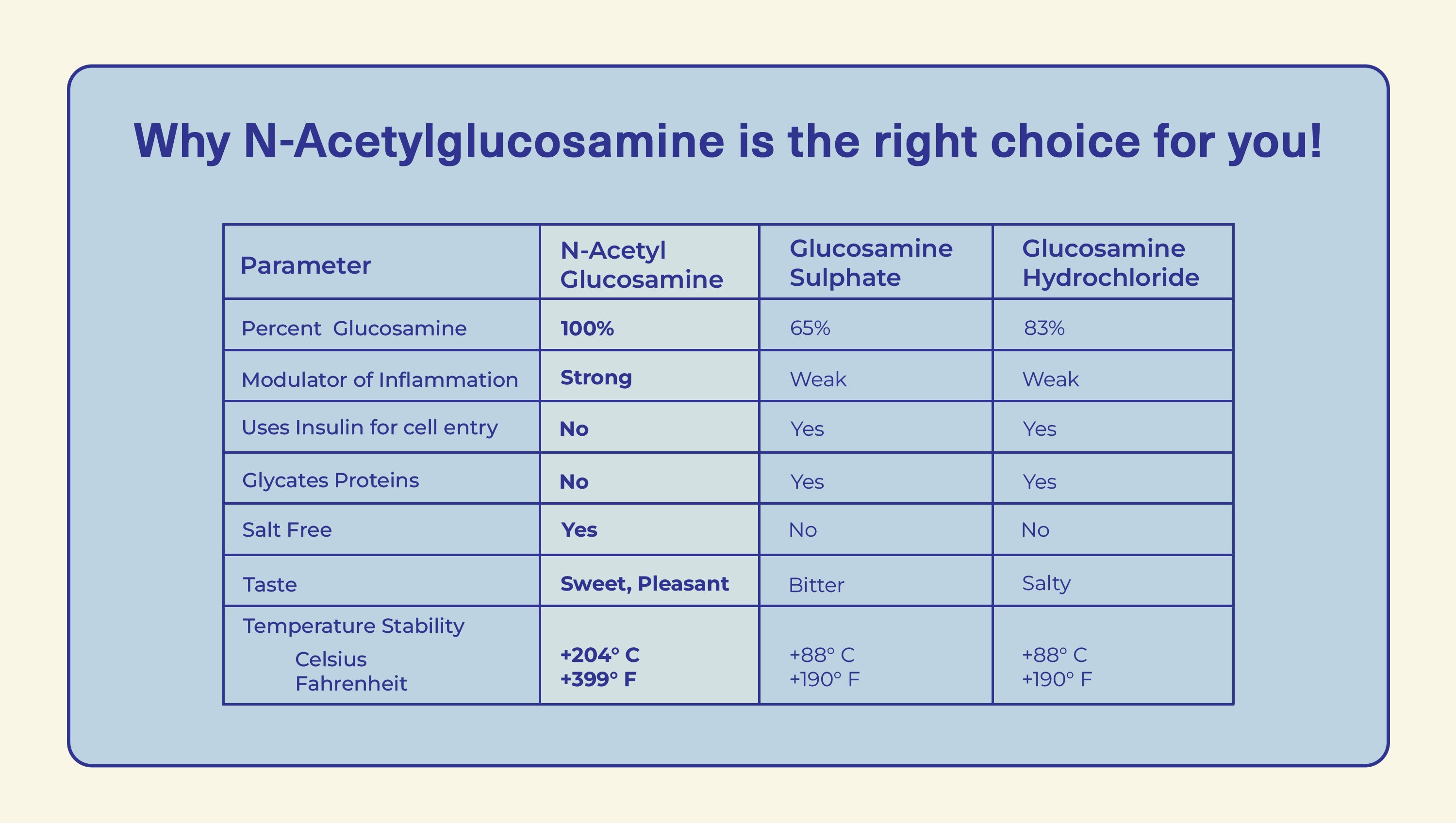

· By Pooja Kukreja
AIP Diet: A Lifesaver for Autoimmune Warriors or Just Another Trend?
If you're battling an autoimmune condition like rheumatoid arthritis, lupus, or Crohn’s disease, you’ve probably heard about the Autoimmune Protocol (AIP) diet. But does it actually work, or is it just another buzzword in the world of health and wellness? Let’s break it down together in simple terms so you can decide if it’s worth the effort!
So, What Exactly Is the AIP Diet?
The AIP diet is like the autoimmune version of a reset button. It’s designed to help reduce inflammation by removing potentially harmful foods and focusing on nutrient-dense, healing options. Think of it as an upgraded version of the Paleo diet, but more specific to those with autoimmune conditions.
The basic idea is this: certain foods may trigger your body’s immune response, causing inflammation, pain, and flare-ups. The AIP diet helps you identify which foods are making your condition worse by eliminating them for a while, then slowly reintroducing them to see which ones you can handle.
What You Can Eat on the AIP Diet
Here’s the good news: you’re not going to starve! The AIP diet focuses on whole, unprocessed foods that nourish your body. You’ll be eating lots of fresh veggies (though you’ll have to avoid nightshades like tomatoes and peppers), fruits (in moderation), lean meats, and healthy fats like avocado and olive oil.
It’s all about healing your body from the inside out, which sounds pretty great, right?
What You Have to Avoid (And Here’s the Hard Part)
Now for the not-so-fun part: the list of foods to avoid is pretty long. The AIP diet asks you to cut out grains, legumes, dairy, nuts, seeds, nightshade vegetables, eggs, processed foods, refined sugars, and artificial sweeteners. Basically, anything that might cause inflammation or irritation to your gut is off the table. For some, this can feel really overwhelming. But remember, this elimination phase is temporary, and you get to reintroduce foods later on!
Why People Love the AIP Diet
Now, let’s talk about why so many people swear by the AIP diet. One of the biggest benefits is that it can help reduce inflammation, which is a huge win when you’re dealing with an autoimmune disease. Many people report feeling less pain, more energy, and better digestion after sticking to the AIP diet.
It’s also a very personalized approach. By slowly reintroducing foods after the elimination phase, you can pinpoint exactly what’s triggering your symptoms. This helps you create a long-term diet that works specifically for your body.
The Challenges of the AIP Diet
Of course, no diet is perfect, and the AIP diet has its challenges. The biggest one? It’s restrictive. You’ll have to say goodbye to some of your favorite foods (bye-bye, bread and cheese), and that can be tough. Some people also find it socially isolating, especially when eating out or attending social events where they can’t enjoy the same foods as everyone else.
And because you’re eliminating so many food groups, it’s important to make sure you’re getting all the nutrients your body needs.
Is the AIP Diet for You?
It takes time, commitment, and patience to see results. But if you’re tired of flare-ups, chronic pain, and fatigue, it could be worth trying. Managing an autoimmune condition requires a holistic approach, including good sleep, stress management, and proper medical care.
At the end of the day, the AIP diet is a tool. It’s not a cure, but it can help you take control of your symptoms and improve your quality of life. If you’re ready to dive in, take it one day at a time. Start with the elimination phase, listen to your body, and don’t hesitate to reach out for support—whether from a doctor, nutritionist, or even online communities where people are going through the same thing.
Who knows? This could be the lifestyle change you’ve been searching for.
So, What Exactly Is the AIP Diet?
The AIP diet is like the autoimmune version of a reset button. It’s designed to help reduce inflammation by removing potentially harmful foods and focusing on nutrient-dense, healing options. Think of it as an upgraded version of the Paleo diet, but more specific to those with autoimmune conditions.
The basic idea is this: certain foods may trigger your body’s immune response, causing inflammation, pain, and flare-ups. The AIP diet helps you identify which foods are making your condition worse by eliminating them for a while, then slowly reintroducing them to see which ones you can handle.
What You Can Eat on the AIP Diet
Here’s the good news: you’re not going to starve! The AIP diet focuses on whole, unprocessed foods that nourish your body. You’ll be eating lots of fresh veggies (though you’ll have to avoid nightshades like tomatoes and peppers), fruits (in moderation), lean meats, and healthy fats like avocado and olive oil.
It’s all about healing your body from the inside out, which sounds pretty great, right?
What You Have to Avoid (And Here’s the Hard Part)
Now for the not-so-fun part: the list of foods to avoid is pretty long. The AIP diet asks you to cut out grains, legumes, dairy, nuts, seeds, nightshade vegetables, eggs, processed foods, refined sugars, and artificial sweeteners. Basically, anything that might cause inflammation or irritation to your gut is off the table. For some, this can feel really overwhelming. But remember, this elimination phase is temporary, and you get to reintroduce foods later on!
Why People Love the AIP Diet
Now, let’s talk about why so many people swear by the AIP diet. One of the biggest benefits is that it can help reduce inflammation, which is a huge win when you’re dealing with an autoimmune disease. Many people report feeling less pain, more energy, and better digestion after sticking to the AIP diet.
It’s also a very personalized approach. By slowly reintroducing foods after the elimination phase, you can pinpoint exactly what’s triggering your symptoms. This helps you create a long-term diet that works specifically for your body.
The Challenges of the AIP Diet
Of course, no diet is perfect, and the AIP diet has its challenges. The biggest one? It’s restrictive. You’ll have to say goodbye to some of your favorite foods (bye-bye, bread and cheese), and that can be tough. Some people also find it socially isolating, especially when eating out or attending social events where they can’t enjoy the same foods as everyone else.
And because you’re eliminating so many food groups, it’s important to make sure you’re getting all the nutrients your body needs.
Is the AIP Diet for You?
It takes time, commitment, and patience to see results. But if you’re tired of flare-ups, chronic pain, and fatigue, it could be worth trying. Managing an autoimmune condition requires a holistic approach, including good sleep, stress management, and proper medical care.
At the end of the day, the AIP diet is a tool. It’s not a cure, but it can help you take control of your symptoms and improve your quality of life. If you’re ready to dive in, take it one day at a time. Start with the elimination phase, listen to your body, and don’t hesitate to reach out for support—whether from a doctor, nutritionist, or even online communities where people are going through the same thing.
Who knows? This could be the lifestyle change you’ve been searching for.
1 comment
-
WHAT PROTEINS CAN YOU EAT-NUTS AND EGGS ARE MY STAPLE
MARGARET on



